[Editor’s Note: How can arts and culture support community development work? It’s a big topic these days. The following is an excerpt from a field scan commissioned by ArtPlace America that sifted through dozens of place-based arts interventions around the country, in a variety of settings, and put them into six categories. We found the framework very useful, and hope you do, too.]
Articulate
Arts strategies that engage topics of housing, neighborhood, and community can help to interpret, identify, and communicate important dynamics in powerful and unique ways. Artists, by working to express situations through non-verbal, non-analytical strategies, can help unearth important conditions, encouraging identification, empathy, and understanding of common barriers and problems and the impacts of them.
While these strategies may not have measurable benefits in terms of commonly used financial indicators, they serve crucial roles intrinsically. These examples are often place-based and connected to urban development in a particular place, as in the case of Project Row Houses, but may also be less directly connected, as in the case of Mel Chin’s “Safehouse.” While this strategy may most directly impact artists, communities can utilize the increased awareness of a housing issue that resulted from an arts strategy through partnerships, advocacy efforts, and more.
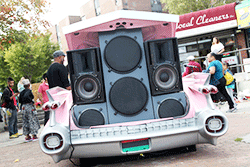
Nourish
Arts and culture can be the heart of housing work. Whether it is to beautify projects, design culturally generative elements that help build community (like porches), or help a formerly homeless individual make a new apartment feel like home, culturally focused housing work adds a much-needed human element to projects that do not always emphasize humanistic elements.
This aspect of arts work overlaps with design, both in terms of process and product—community developers may choose to build a thoughtful public space into the design of a project for residents’ health and wellbeing; CDCs may engage urban designers to conduct a collaborative design process as an engagement and education strategy. These kinds of creative strategies are crucial to ensure that housing developments accrue benefits to our emotional and physical well-being, especially for vulnerable residents who may have experienced trauma in a variety of forms.
For instance, The Haven in Charlottesville, Virginia, is a homeless services organization that has always worked to acknowledge the importance of a beautiful, creative, and restorative environment. The shelter is located in a re-used building downtown, which Executive Director Stephen Hitchcock says feels special as soon as you walk in, especially in comparison to the average shelter, which can often feel barebones and clinical.
The Haven has partnered with New City Arts for years on various programs, most recently the Housing2Home program, funded by ArtPlace America. The program came about at the suggestion of a volunteer who was trying to help a formerly homeless individual make their new house a home, and suggested that they bring in artwork to do so. The Housing 2 Home program will pair a creative organizer with formerly homeless individuals to bring art into their homes. This program is expected to nourish the soul of program participants as well as help with The Haven’s bottom line. Ensuring that a placed individual stays in their home for six to 24 months is a key indicator for success.
“The arts are uniquely humanizing—to be a humanist is to live beyond subsistence,” Hitchcock says.
Organize
Many community-based groups engage in arts-based strategies to bolster and enliven community organizing, movement-building, and collective action. While organizing can be difficult, creative strategies help ensure that community building through housing development is enjoyable, joyous, and enriching. Arts and design-oriented strategies and interventions help educate, empower, and create space for shared decision-making in a housing and community development context. These strategies directly benefit those engaged with the organizing campaigns at hand, and secondary benefits may also come to residents, policymakers, and others.
“Venturing into cultural arts work has made everything that we do better. It has its own natural spirit and benefits. Staff is enthusiastic; tenants are engaged, they know the artists who come and go,” says Ellen Baxter of Broadway Housing Communities in New York.
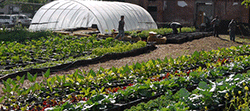
In Buffalo, New York, for instance, PUSH Buffalo is a multi-issue organization that combines community organizing, political advocacy, housing development, and more. By staying focused on a specific neighborhood over a long period of time and maintaining deep roots in its residents and organizers, PUSH has found itself naturally including arts-based organizing strategies into its activism and community development work to boost effectiveness. In order to focus on comprehensive community development, PUSH created its housing arm, the Buffalo Neighborhood Stabilization Company, to develop and maintain affordable housing for its residents. Aaron Bartley, executive director, identified key cultural factors for successful community organizing and housing development: relevance, dynamism, energy, and fun, even if the issues themselves are technical or dry. PUSH has its own drumming and dancing troupe, it’s supported mural development by people living in the neighborhood, held two summer concerts per year showcasing local and regional talent, and more. They work to make these practices internal to the organization as a way of building community, strengthening, and celebrating their work. And now, a community congress identified the need for an old school building to become an arts and community center, which is now under development and will add important value to its housing development and other initiatives.
Bridge
Artistic activity can serve a crucial function to bringing people together in new ways. Cultural programming in a housing context can play many important roles, including some that overlap with others discussed here. One important outcome that many interviewees identified as particularly beneficial is accessible cultural activities that can increase empathy and provide a common ground for people who may not otherwise interact. This important function addresses the negative consequences of highly segregated regions, as well as in mixed-income neighborhoods, which over time have created mistrust, bias, and prejudice.
“Meaningful interactions through the arts can slowly build strong bonds that are fundamental to community development work,” says Theresa Hwang, the director of the Department of Places in California.
Overcoming biases, lack of exposure, mistrust, and prejudices benefit all parties who may then live more comfortably in their neighborhood and within the larger urban region with stronger ties to, and understanding of, diversity. Arts projects can rebuild humanizing social connections—they can prevent seeing a homeless person, a working artist, or even a developer as a foreign entity, as dehumanized and anonymous.
Broadway Housing Communities in New York is a supportive and affordable housing developer that is breaking through constraints and barriers to innovate new forms of affordable housing for low-income individuals and families. The recent Sugar Hill Housing Development created 124 units of affordable housing as well as a new Children’s Museum of Arts & Storytelling in a building designed by high profile architect David Adjaye. The project built upon BHC’s previous incorporation of the arts into supportive housing developments, which began when a community organizer who was also an artist curated a show in the building. BHC found that this brought new non-residents into the building and helped break down longstanding barriers and biases between members of the neighborhood. BHC’s Baxter is excited to begin programming the new museum space and is hopeful that it will continue to be a cultural resource not just for residents but also for broader Harlem and New York City communities, placing the building on a cultural map of the city.
Stabilize
Many community-based groups have found that arts-based strategies are crucial in their efforts to stabilize communities that are particularly vulnerable to displacement. Groups like the Dudley Street Neighborhood Initiative pioneered neighborhood stabilization and wealth-creation through community-owned land and housing by utilizing creative strategies to take land off of the private market through land trusts and other mechanisms. In the cases identified here, community-based groups identify creative strategies or engage in partnerships with artists or arts organizations. Such partnerships bring together technical expertise in the fields of real estate development, urban planning, and political organizing with either professionally trained arts workers or creative members of the community are often effective because they allow the creative workers to maintain a level of artistic freedom while also moving forward tangible urban development work. Stabilization strategies are most often aimed to support vulnerable populations, weakened by historic or ongoing neglect or uneven funding for individuals and communities of limited means; people of color; Native American communities; and others who are commonly at a disadvantage. These practices are largely experimental and in need of more research, study, experimentation, and funding in order to help community groups develop best practices and achieve long-term stabilization for vulnerable communities and residents.
“We are using cultural strategies to help gain control of the neighborhood through property ownership, community-led revitalization, and more. We need to make sure our existing residents, whether they are grandmothers or younger folks who will raise families here, can stay when new investment comes. We are working to create space at a pace that won’t displace,” says Nia Umoja of the Cooperative Community of New West Jackson.
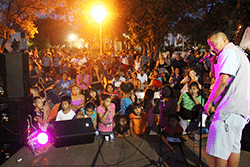
Project Row Houses in Texas is an early practitioner of arts-based cultural and community-based housing development. It is focused on the preservation of a mixed- income, African-American community in a rapidly gentrifying neighborhood in Houston. PRH began in the 1980s as a project by and for local African-American artists, and began by salvaging and preserving several vernacular row houses for artists’ studios and galleries. Building on the attention they received as innovative, socially engaged artists, PRH has successfully preserved and developed over 50 units of housing as well as continued to build several spaces for galleries and artists in the culturally historic row house style. Since then, the Third Ward of Texas has seen increasing real estate development pressure that is making it difficult to retain the historic African-American community and neighborhood environment, especially for those of low and moderate incomes who are particularly vulnerable to long-term unemployment. PRH is now partnering with churches, landowners, renters, politicians, and more in the neighborhood to convene the Emancipation Economic Development Council. The council is pursuing several strategies, including land trusts, anchor institution development strategy, and others to address community stabilization and wealth creation comprehensively and in ways that address structural dynamics, but beginning necessarily with the ability to remain in housing. This partnership allows the arts to “stay nimble,” and not rely on arts-based leaders for everything that they may not be expert in.
Generate
Arts and cultural strategies are imageable; besides the benefits afforded to those participating in them, they can signal to outsiders that a particular neighborhood may be valuable and can thus attract investment. Because funds for affordable housing preservation, development, and rehabilitation are so low, utilizing arts strategies can aid in a communities’ competitiveness. Creative placemaking strategies have benefitted community-housing developers by attracting national attention, which can then distinguish a CDC from others and attract additional investment. Theaster Gates’ work in Chicago, which has attracted significant attention due to its innovative nature, has opened the door to funding for housing development. Northeast Shores, a CDC in Cleveland, has been able to attract financing and achieve economic development for a neighborhood with high vacancy by intentionally marketing the neighborhood to artists, who can afford to buy homes there.
“Narratives about a particular neighborhood, even if they come from a social justice standpoint, can be perceived as an invitation to invest. We have to be really careful about what story comes out in the public about our neighborhood,” says Aaron Bartley of PUSH Buffalo.
Many developers are beginning to understand this and utilize it to benefit their financial bottom lines. However, interviewees identified important caveats to utilizing arts-based strategies purely for economic development. Without being intentional, systematic, and strategic about whom the benefits of economic development will go to; there are often unintended negative outcomes for already vulnerable and marginalized communities. This can also translate into developers mistaking the forest for the trees: one interviewee noted that developers, seeing the value of the arts, may choose to bring in art from outside of the community that is not site specific or culturally relevant, simply to increase profit rather than gain benefits for residents.
The Power of Arts
I began this research with the hopes of understanding how creative strategies help build sustainable and healthy communities of opportunity. I’ve seen firsthand how powerful arts and culture are in articulating complex dynamics of urban and community development; in raising the flag to indicate where need exists; in providing crucial emotional support and connection; in helping to cohere diverse communities, and so much more.
The portion of the housing sector that endeavors to support low-income communities and communities of color is under an enormous amount of financial and political pressure. A legacy of disinvestment, discrimination, and neglect continue to plague our country.
We must come to terms with this history and work intentionally and explicitly to do things differently. While creative work itself will not solve this, the work described here shows that it can, in some cases, infuse community development work with the crucial alchemy needed to help overcome longstanding barriers. This scan also indicates that the fields of creative placemaking and affordable housing need each other to be effective and also need to better consider each other as they endeavor to accomplish the overall goal of building healthy communities of opportunity. Creative placemaking practitioners need to think comprehensively about how their work impacts and intersects with housing outcomes. Housing is perhaps the most tangible, and also most complex, measure of community development. Nowhere is this more apparent than in the communities around the country that are facing eviction and displacement. New place-based investments, when made without explicit regard for accountability to and impact on those structurally barred from access to capital and resources, can exacerbate negative impacts. Communities are organizing to resist this displacement and sustain themselves in the long term and many of them organically utilize creative strategies to address key housing barriers. At regional and national scales, policymakers and funders can learn from those working on the ground in this way about how they might adapt their policies and funding mechanisms to support the sustainability and autonomy of low-income communities, communities of color, Native Americans, and others who have been historically at a disadvantage.
Photo credit:
Image 1. Project Row Houses: Project/Site’s inaugural project has commissioned Houston-based artists Otabenga Jones & Associates to realize OJBKFM Radio, a temporary outdoor community radio station that will broadcast from the back of a 1959 pink Cadillac Coupe de Ville. The mobile station will defibrillate the Dowling Street Corridor. Photo by Shulamit Seidler-Feller, courtesy of Creative Time.
Image 2. Lincoln Park Coast: Community Farm. Photo courtesy of LCPPD.org.
Image 3. Little Earth: Photo from National Night Out, 2012. Photo courtesy of LittleEarth.org.



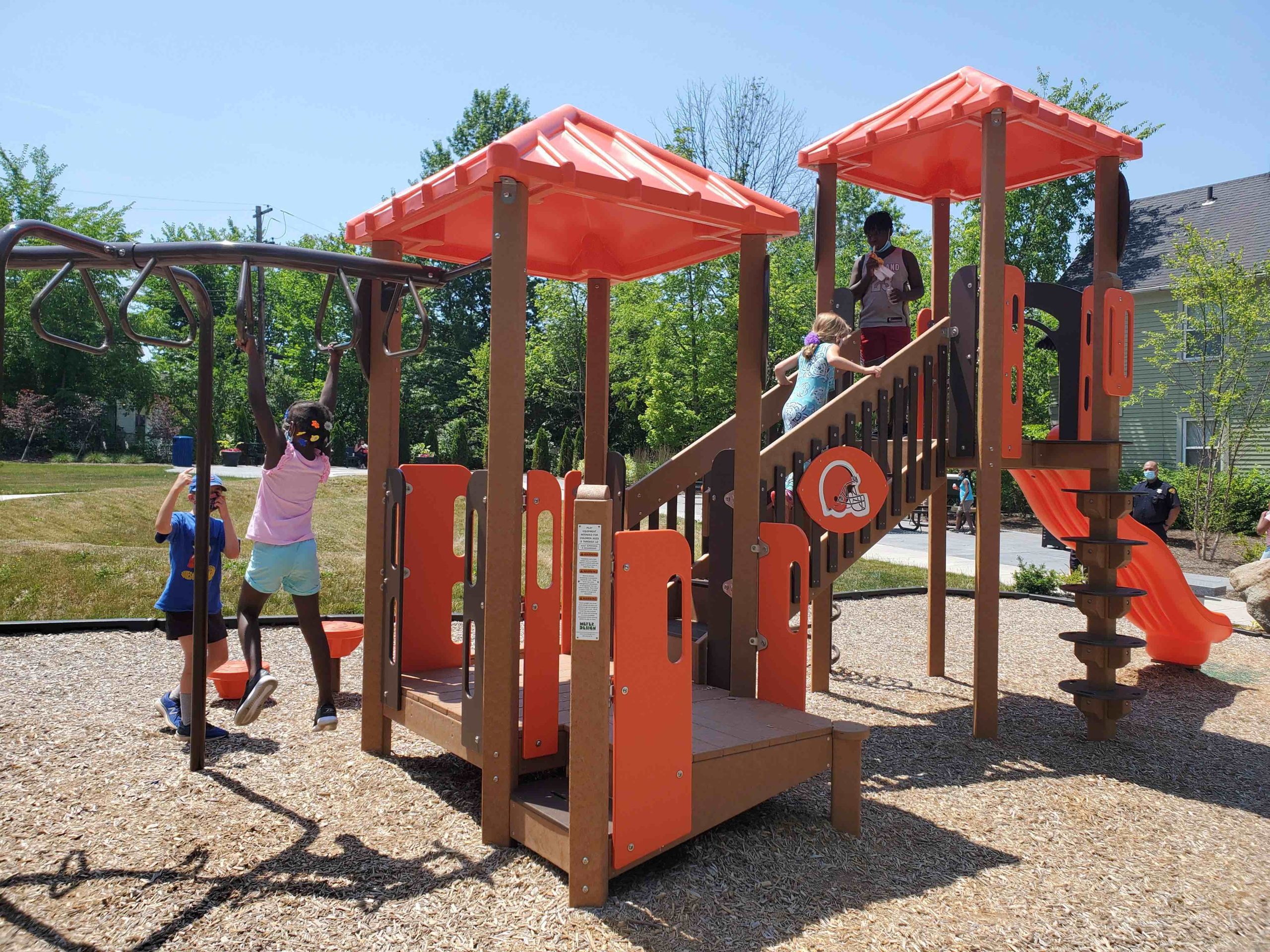
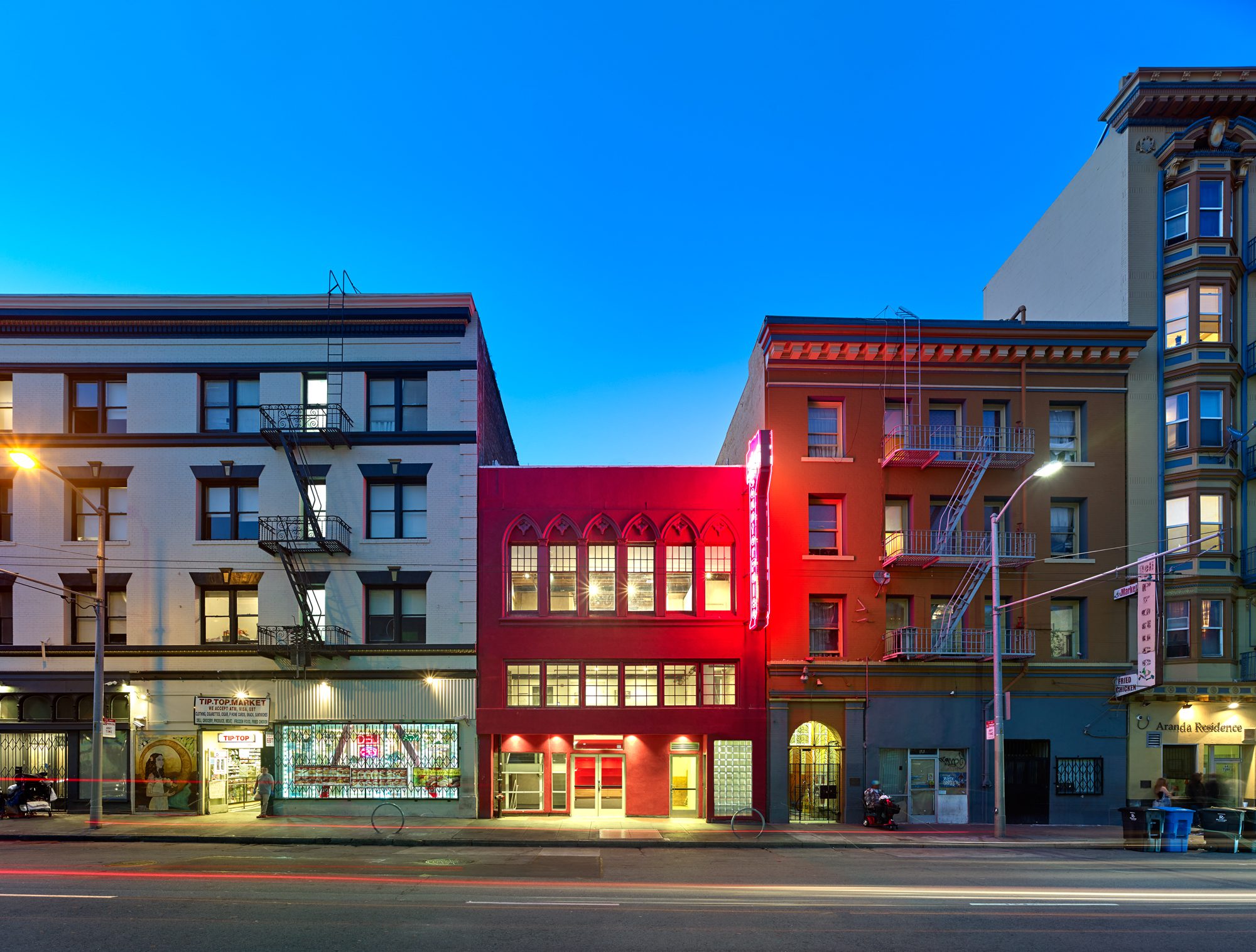
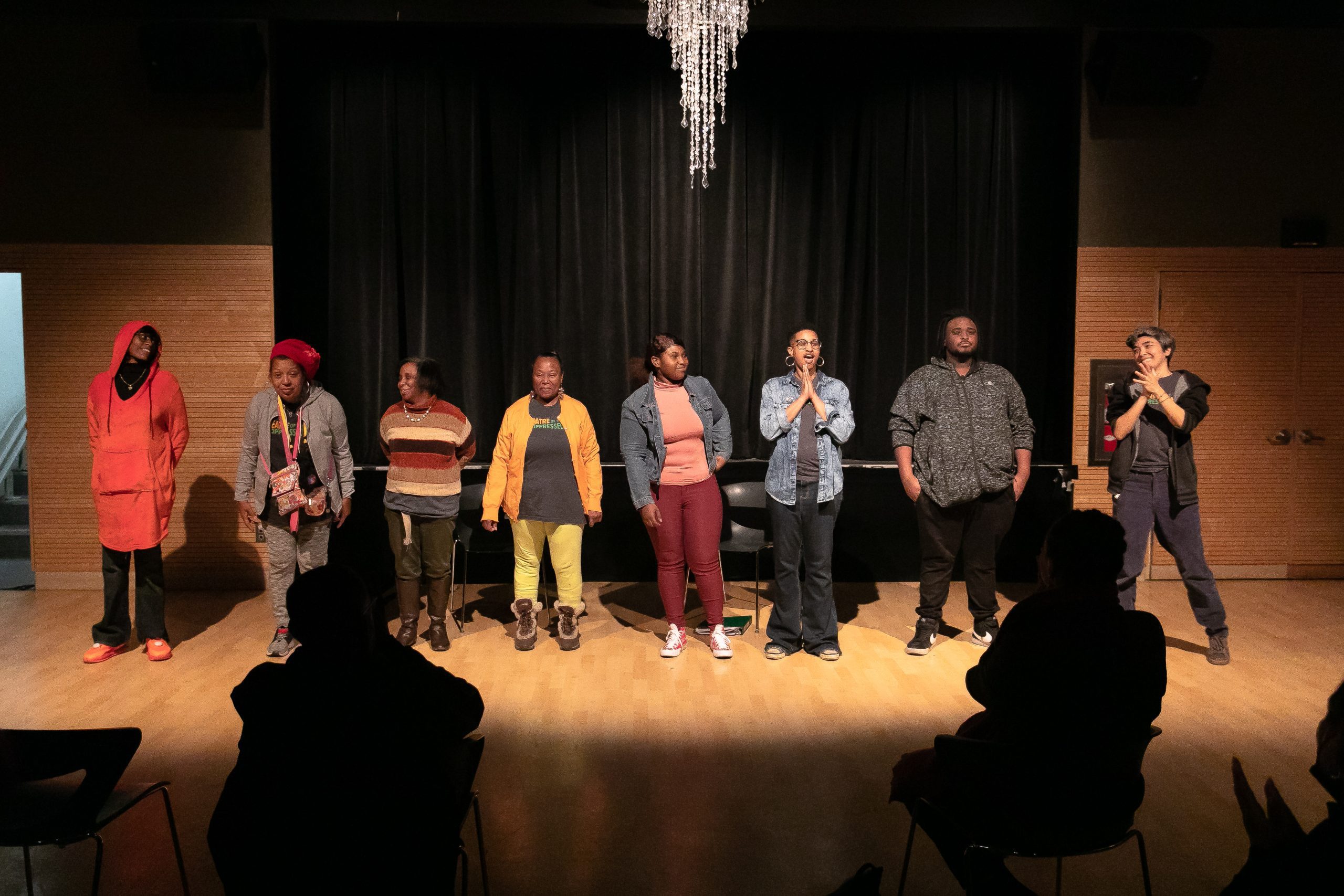
Thank you for this valuable information and analysis, so difficult to find elsewhere and so useful.